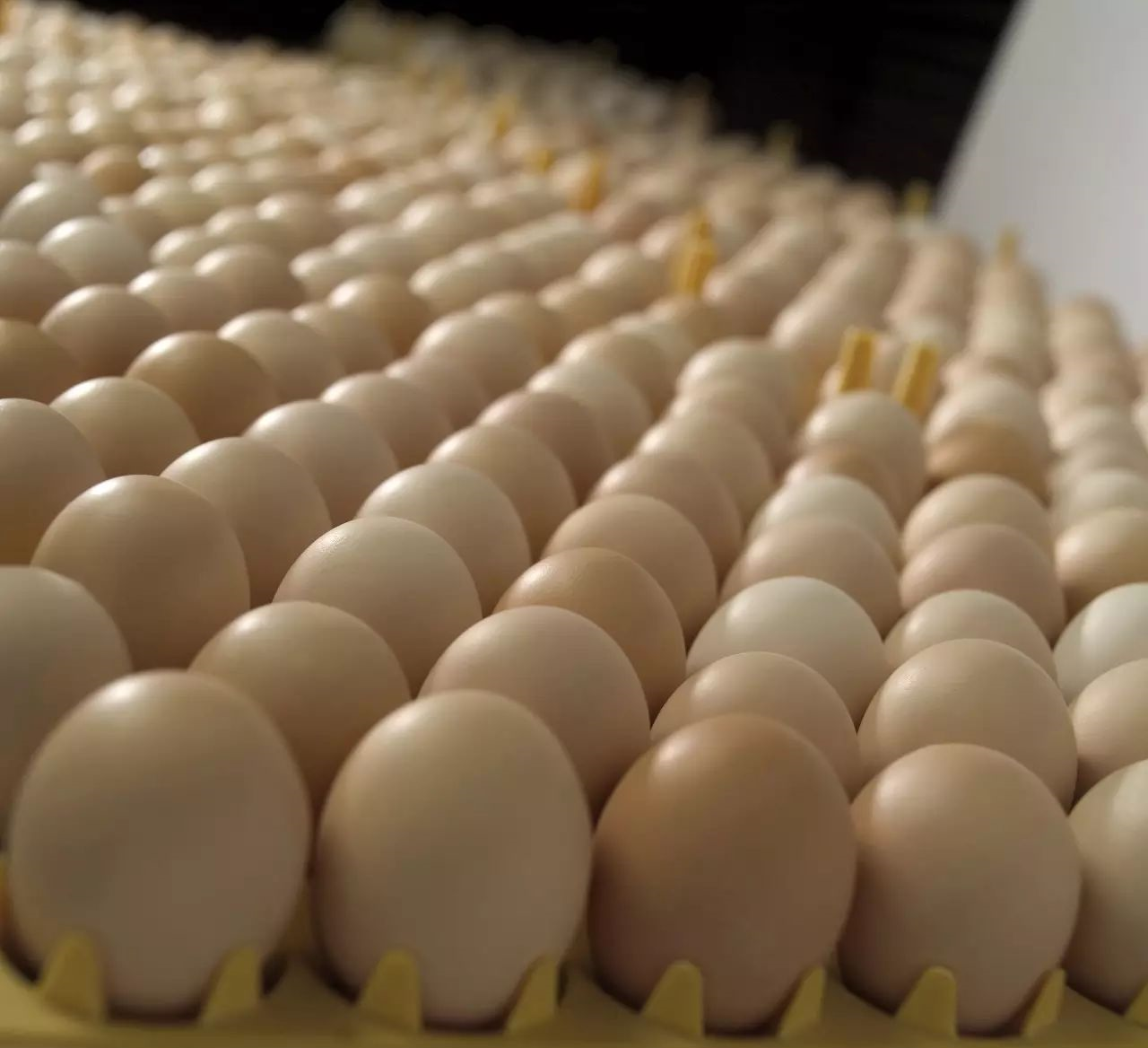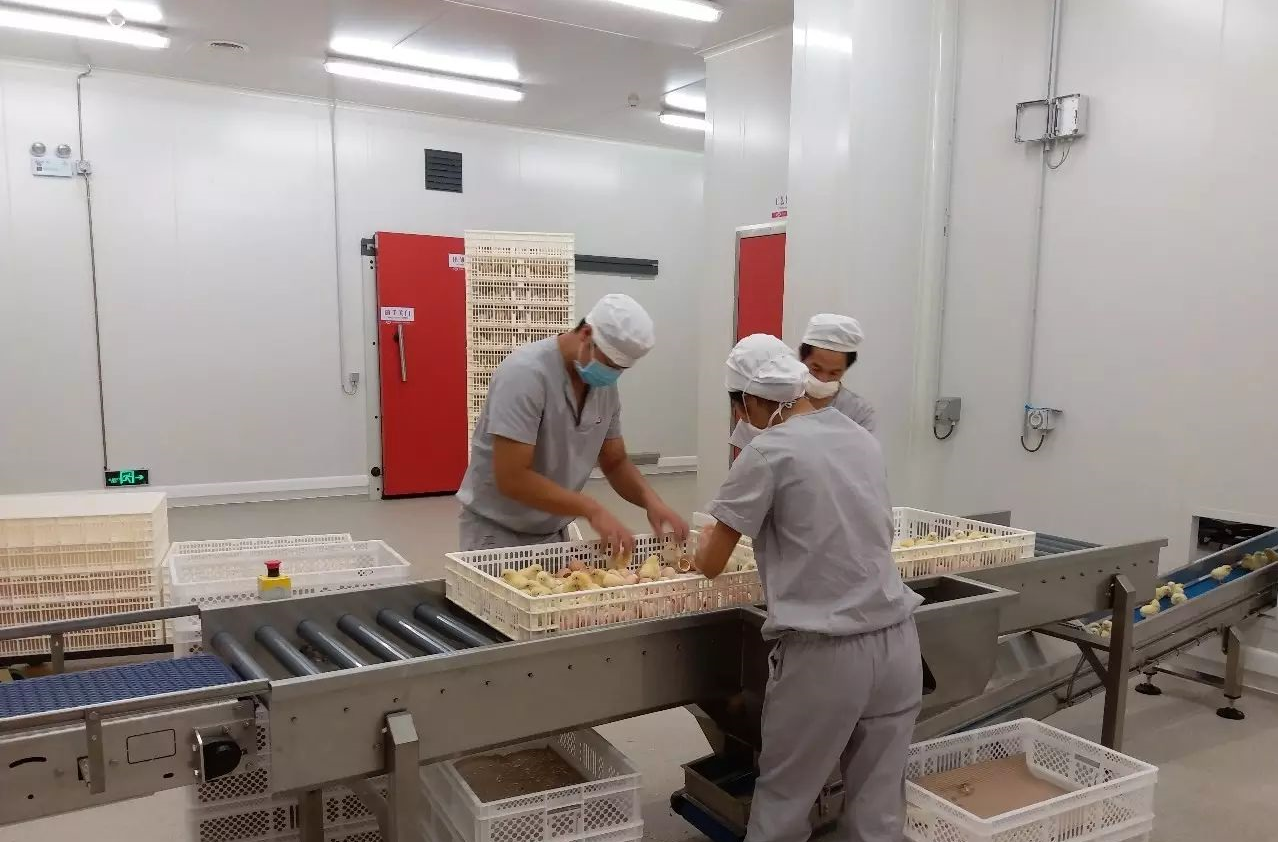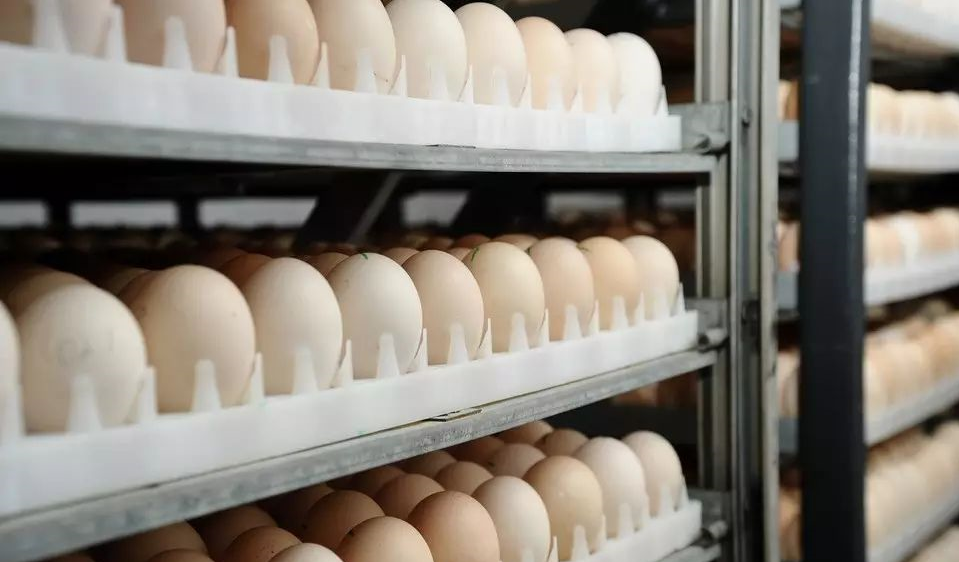In order to produce chicks, it is necessary to adjust the temperature, humidity, and ventilation during the hatching period of the hatching eggs. However, it is still difficult for us to control the situation behind the surface of the eggshell. The following key measurement methods can help you identify whether the environment is good and ensure the healthy and robust growth of chicks after hatching.
Consistency of embryo temperature
The embryo temperature can be calculated by scanning the eggshell with an ear thermometer once. When placing the eggs in the hatching tray, use an infrared thermometer to test the fertilized eggs that have been incubated for 15 and 16 days. There is a direct correlation between embryo temperature and hatching rate, and both supercooling and overheating can affect hatching time and the physical health of chicks.

Incubation window
The incubation window is the time span during which chicks hatch, approximately 30 hours. In an ideal situation, no more than 25% of chicks should hatch 23 hours before they are picked out (leaving the hatching device); 12 hours before hatching, the hatching rate of chicks should reach 70-80%. Check the temperature of the chick before hatching, and the temperature inside the shell should be 104 ° F.

If the eggs are hatched too early, the chicks are prone to certain conditions such as overheating or dehydration.Overheating or dehydration of chicks may increase the mortality rate of 7-day-old and 14 day old chicks, thereby affecting the overall performance of broiler chickens.Late hatching of chicks can lead to poor hatching rate and quality issues, increasing the likelihood of live embryos not hatching eggs.The factors that affect hatching include:
1. The preheating time for hatching eggs is too long
2. Incorrect temperature, humidity, and ventilation
3. There are hot spots in the incubator and hatching incubator
4. Seasonal temperature changes
5. Too many fertilized eggs in the hatching apparatus
6. The hatching method of the tunnel machine is incorrect
7. Egg storage time and temperature

Whether there is too much meconium residue on the eggshell is a very good indicator, which can be used to determine whether the chicks are hatching too early or staying in the hatching tray for too long. Whether chicks stay in the brooder for too long will determine the mortality rate of chicks.






